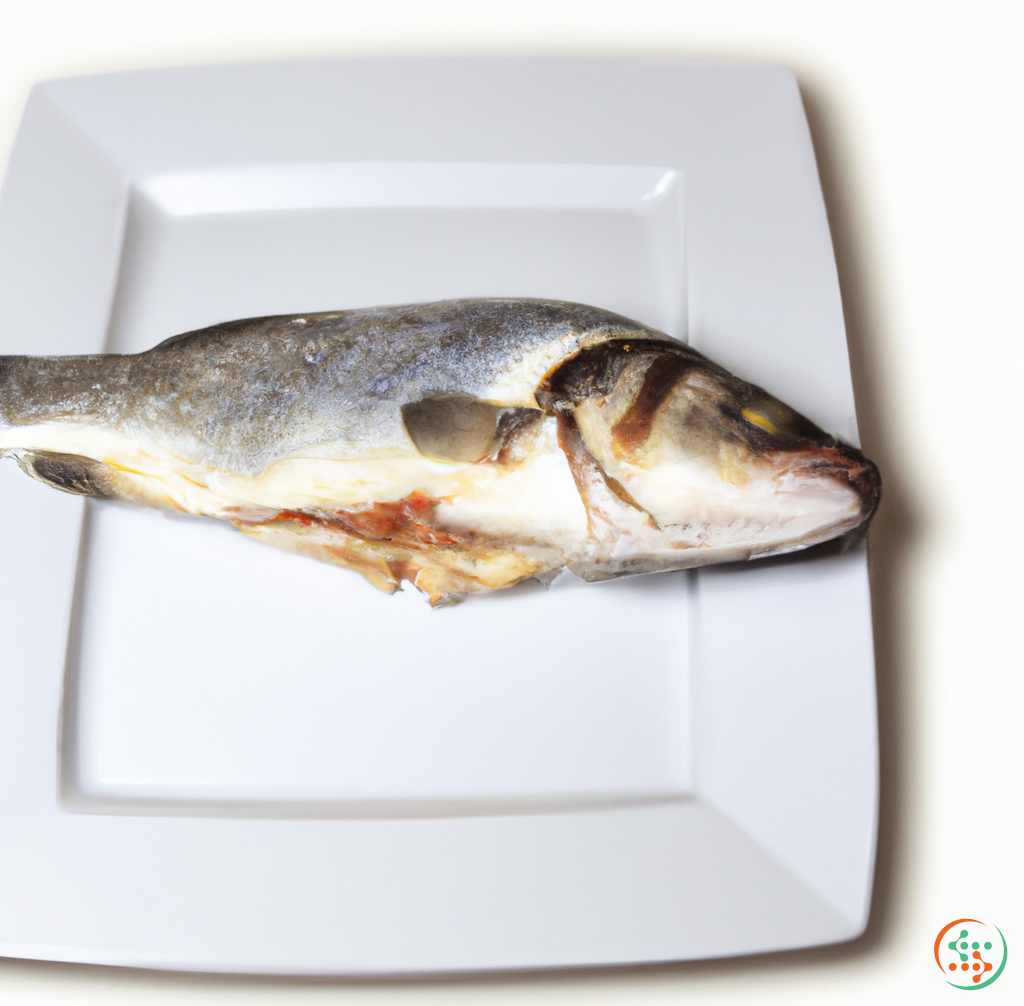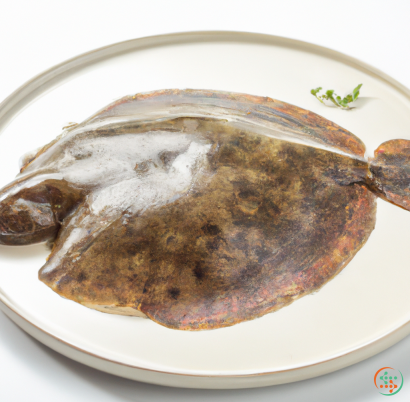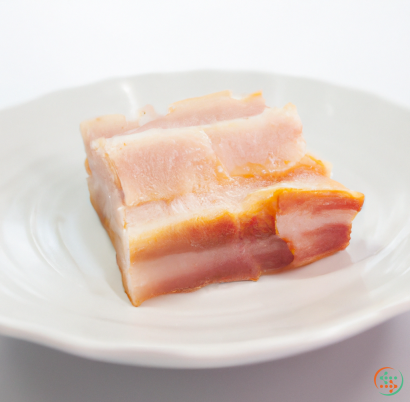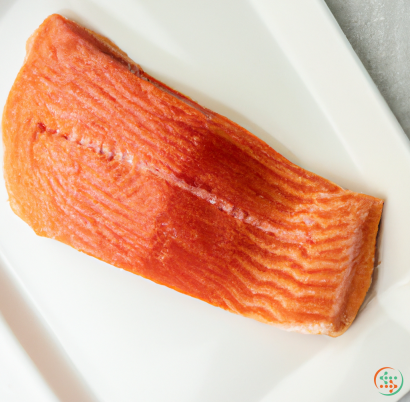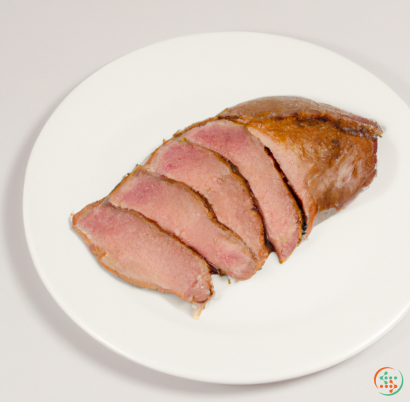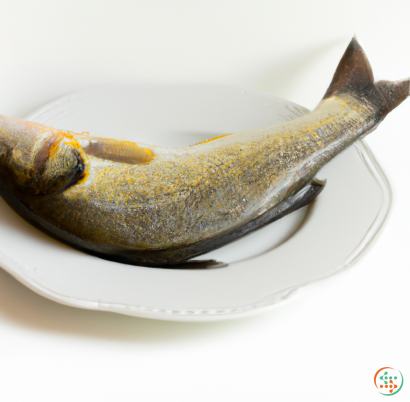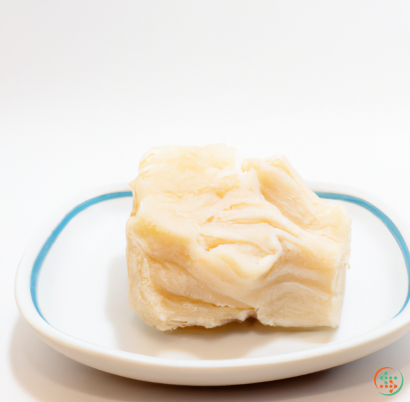Sea Bass
Sea bass, also known as black sea bass, is a type of fish found in the North Atlantic and parts of the Mediterranean Sea. It is a sculpin-like species of grouper and is one of the most commonly found fish in North American and European waters. Its body is covered with small, bright blue and green spots, making it quite recognizable.
Sea bass is an important commercial and recreational fish species, with many people finding it to be a good dining option. Its mild, sweet flesh can be prepared in a variety of ways, allowing for a great range of flavors and textures.
When it comes to discussing its anatomy, sea bass has a large head with a pointed snout and small eyes. Its dorsal fin is long and continuous, with 10-14 spines and eighteen to twenty soft rays. Its pectoral fins are moderately large, while its tail is longer and can be slightly forked or fan shaped. It lacks an adipose fin, giving it an even more streamlined look.
When discussing its size and diet, sea bass can grow to be quite large. The average wild caught sea bass weighs up to 10 pounds, but there have been records of them reaching up to 37 pounds! Although they can be found in depths of up to 800 feet, wild caught sea bass usually resides around 100 to 150 feet.
Apart from its size, sea bass is also a voracious feeder. It feeds on everything from small crustaceans and mollusks to other fish and squid. They are especially fond of porgies, herring, menhaden and mackerels. If a particular bait is not available, sea bass will take whatever it can find, proving how adaptable it is as a species.
When it comes to hunting season and recreational activities, sea bass is an essential species to any fisherman or ocean-goer. Its meat is prized among consumers and its high population makes it a great source of legal ‘take’, like the various fish-for-hire operations throughout theUnited States. anglers of all skill levels love to fish for sea bass make it an enjoyable activity for both recreational and professional fishermen alike.
The habitat of sea bass is also quite interesting. It can be found at the edge of continental shelves and in various tidal areas, where they often make use of rocks, reefs, and other structures to hide from potential predators. They often travel in small groups or schools of up to thirty individuals, and generally stay near the area of their home.
Now that you know a bit about sea bass, you may be wondering how to prepare them for a meal. Well, the possibilities are truly endless! Preparing sea bass for a meal is incredibly easy. All you need is some oil, some salt and pepper, some lemon, and a decent oven-safe frying pan. Simply let the fish cook in its own skin for about 30 minutes, flipping it over halfway through, and you’re done! Serve it with some roasted potatoes or vegetables, and you’ll have a delicious meal that’s sure to please anyone.
Overall, sea bass is an important species of fish with plenty of positive attributes. Not only is it an important source of legal ‘take’, but it’s also incredibly tasty and easy to prepare for a meal. With its mild flavor and firm flesh, sea bass can be cooked in a variety of ways and is sure to please everyone. Whether you’re a recreational angler or just looking for a delicious meal, sea bass is a great choice.
How a Sea Bass Travels from its Origin to a Dinner Plate
To comprehend how a sea bass reaches the dinner table of a seafood lover requires knowledge of the fish’s unique evolution and ecological dynamics together with the complicated process of producing and harvesting sea bass for consumption. An appreciation of the environmental and economic effects of current fishing practices along with the socio-cultural practices related to seafood consumption are also necessary to understand the chain from sea bass in the ocean to dinner plate.
A Scientific Overview of Sea Bass
The sea bass (morone saxatilis) is a partial-anadromous species of ray-finned fish belonging to the family Percichthyidae. It is native to the Atlantic Ocean and Gulf of Mexico, generally located in temperate, estuarine and marine areas both close to shore and in deep waters ranging from 30 - 800 meters in depth. This species lives to approximately 55 years of age and its lifecycle begins with eggs being spawned in near coastal waters (Duneuf, 2013). Typically female sea bass release between 3-400 eggs which rest close to the surface as they float towards near-shore habitats with grouper, snapper and other reef fishes (Moran et al., 2012).
Once the eggs hatch into minutefish, larvae disperse over large distances as currents and local eddies help disperse juvenile species for reproduction (Knowlton, Kittinger & Wing, 2012). Adolescent bass take up residence in the estuarine areas where they feed on small crustaceans, insects, worms and mollusks (Ackerman & Roth, 2013). They remain in the estuary for 3-4 years before migrating outwards into interior ocean waters, usually in late spring or early summer (Moran et al., 2012). Adult bass spawn in the deeper waters of the continental shelf where they feed on larger prey such as crabs, shrimp and squid (Ackerman & Roth, 2013).
Sea bass has been a popular food item throughout the world for centuries, with commercial fisheries first targeting the species in the 1950s (Duneuf, 2013). Today, sea bass is a highly valued commercial and recreational fish, leading to exploitation and over fishing around the world. The bulk of the sea bass harvest is achieved through bottom trawling, a technique which utilizes heavy gear to drag across the ocean floor, or through surface longline fishing methods (Kitsikoudi & Economou, 2015). Each of these fishing techniques has a direct impact on fragile benthic habitats and can create significant ecological damage.
Producing and Harvesting Sea Bass for Consumption
Fisheries surrounding sea bass generally involve heavy duty boats equipped with trawling nets and longlines, as well as other methods of harvesting such as gill nets, purse seines and trawl jigs (Kitsikoudi & Economou, 2015). Trawling nets are typically constructed with heavy-duty mesh and measure up to 60 feet in length with a 250-650 foot wide mouth opening. They are equipped with two large, flat bottom steel trawling doors at either end to facilitate dragging across the sea floor, capturing virtually all organisms within the range. Longlines are comprised of thousands of baited hooks strung along a line, some measuring up to fifty miles in length, and are left to drift in the water overnight (Lento, 2010).
The majority of sea bass are caught with otter trawls, yet longlining is employed in deeper waters off the continental shelf where adult sea bass prefer to reside (Lento, 2010). Bycatch is a common issue of bottom fishing with sea bass; other species, such as flounder, cod, and skates, are frequently caught in the nets when fishing for sea bass (Lento, 2010). The more targeted species the fishery wishes to catch, the more bycatch it will bring in, thus increasing the risk of ecological damage (Kitsikoudi & Economou, 2015).
Once sea bass have been harvested they are transported to shore where they are processed and sold to domestic and international markets (Lento, 2010). The initial stages of post-harvest involve the cleaning, filleting and packaging of the fish for redistribution. Fillet production often involves the use of large filleting machines which cut the fish into consistent portions for sale in larger packages or in individual portions for home consumers (Kitsikoudi & Economou, 2015). In addition, further processing techniques are used by the food industry such as roasting, smoking or breading. Ice glazing – a process used for increasing shelf life by coating refrigerated fish in a thick layer of ice – is also used to save labor costs associated with packing and shipping (Lento, 2010).
The Socio-Cultural Implications of Seafood Consumption
Seafood consumption is influenced by several socio-cultural components, including economics, available seafood variety, regional dietary trends and cultural preferences. The cost of seafood fluctuates regularly with changes in supply and demand, making it an attractive yet often expensive item to incorporate into home meals. As sustainably produced, high quality sea bass is becoming a rarer and more valuable resource, the price continues to rise, thus limiting its availability to many consumers (Kitsikoudi & Economou, 2015).
In addition, the availability of certain seafood species depends on the region and cultural preferences of the consumer. For example, sea bass is not as common in many regions as salmon and other finfish, from the wide assortment of seafood selection, sea bass may not be offered or be present in smaller amounts than other less ecologically demanding species (Kitsikoudi & Economou, 2015).
Finally, societal attitudes towards seafood also shape how much we consume. Several cultures around the world place a large emphasis on eating seafood for health reasons. In Japan, for example, fish consumption has long been seen as promoting overall wellbeing and good fortune (Kitsikoudi & Economou, 2015). On the other hand, certain cultures have become increasingly conscious of the environmental and health implications of the seafood industry, reducing the amount of fish they consume (Lento, 2010).
Conclusion
The journey of a sea bass from its origin in the ocean to a diner’s plate is a complex one, influenced by elements of both science and culture. Its evolution and ecological dynamics must be understood in order to appreciate its journey and to understand the implications of fishing practices employed to harvest the fish. The socio-cultural aspects of seafood consumption play an important role in the limited access to sustainable seafood and regional dietary trends, as well. Ultimately, if seafood consumers and the seafood industry alike continue to focus on eco-friendly, low-impact harvesting techniques, economic and environmental implications can be minimized, ensuring a safer, healthier source of seafood for generations to come.
| Vitamin A | 0.064 mg | |
| Vitamin B1 | 0.13 mg | |
| Vitamin B2 | 0.15 mg | |
| Vitamin B3 | 0.0019 grams | |
| Vitamin B5 | 0.87 mg | |
| Vitamin B6 | 0.46 mg | |
| Vitamin B9 | 0.006 mg | |
| Vitamin B12 | 0.3 ug |
| Calcium | 0.013 grams |
Daily Value 1.3 g
|
| Iron | 0.37 mg |
Daily Value 0.018 g
|
| Magnesium | 0.053 grams |
Daily Value 0.4 g
|
| Phosphorus | 0.248 grams |
Daily Value 1.25 g
|
| Potassium | 0.328 grams |
Daily Value 4.7 g
|
| Sodium | 0.087 grams |
Daily Value 2.3 g
|
| Zinc | 0.52 mg |
Daily Value 0.011 g
|
| Copper | 0.02 mg |
Daily Value 0.9 mg
|
| Manganese | 0.02 mg |
Daily Value 0.0023 g
|
| Selenium | 0.0468 mg |
Daily Value 0.055 mg
|
| Tryptophan | 0.265 grams | |
| Threonine | 1.036 grams | |
| Isoleucine | 1.089 grams | |
| Leucine | 1.921 grams | |
| Lysine | 2.17 grams | |
| Methionine | 0.699 grams | |
| Cystine | 0.253 grams | |
| Phenylalanine | 0.923 grams | |
| Tyrosine | 0.798 grams | |
| Valine | 1.217 grams | |
| Arginine | 1.414 grams | |
| Histidine | 0.696 grams | |
| Alanine | 1.429 grams | |
| Aspartic Acid | 2.42 grams | |
| Glutamic Acid | 3.528 grams | |
| Glycine | 1.134 grams | |
| Proline | 0.836 grams | |
| Serine | 0.964 grams |
| Total Sugars | 0.131141 grams |
per 100g
|
| Myristic acid (14:0) | 0.06 grams |
|
| Palmitic acid (16:0) | 0.41 grams |
|
| Stearic acid (18:0) | 0.18 grams |
|
| Total Saturated fatty acids: | 0.65 g | |
| Oleic acid (18:1) | 0.38 grams |
|
| Palmitoleic acid (16:1) | 0.17 grams |
|
| Total Monounsaturated fatty acids: | 0.55 g | |
| Omega-3 Timnodonic acid (20:5) | 0.21 grams |
|
| Omega-3 Clupanodonic acid (22:5) | 0.1 grams |
|
| Linoleic acid (18:2) | 0.03 grams |
|
| Total Polyunsaturated fatty acids: | 0.34 g | |
| Cholesterol | 0.05 grams |
|
| Total Sterols: | 0.05 g | |
